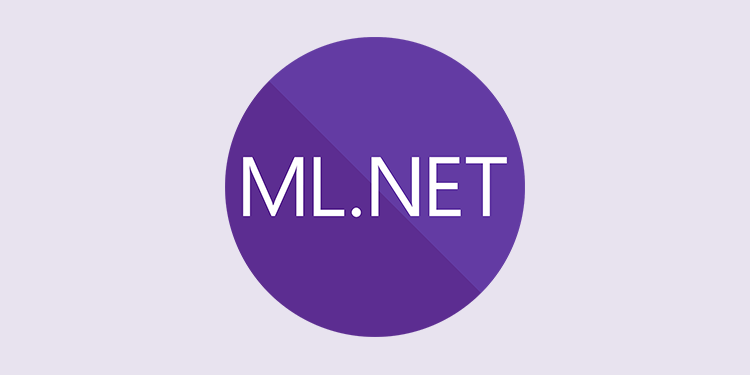Serialization:
1.Serialization is a process of converting an
object into a stream of data so that it can be is easily transmittable
over the network or can be continued in a persistent storage location.
This storage location can be a physical file, database or ASP.NET Cache.
2.Serialization is the technology that enables an object to be converted into a linear stream of data that can be easily passed across process boundaries and machines. This stream of data needs to be in a format that can be understood by both ends of a communication channel so that the object can be serialized and reconstructed easily.
Advantage:
Using serialization is the ability to transmit data across the network in a cross-platform-compatible format, as well as saving it in a persistent or non-persistent storage medium in a non-proprietary format.
Serialization is used by Remoting, Web Services SOAP for transmitting data between a server and a client. The Remoting technology of .NET makes use of serialization to pass objects by value from one application domain to another.
De-serialization is the reverse; it is the process of reconstructing the same object later.
Types of Serialization
Serialization can be of the following types:
1.Binary Serialization
2.SOAP Serialization
3.XML Serialization
Binary Serialization:
Binary serialization is a mechanism which writes the data to the output stream such that it can be used to re-construct the object automatically. The term binary in its name implies that the necessary information that is required to create an exact binary copy of the object is saved onto the storage media.
Difference between Binary serialization and XML serialization is that Binary serialization preserves instance identity while XML serialization does not. In other words, in Binary serialization the entire object state is saved while in XML serialization only some of the object data is saved.
Binary serialization can handle graphs with multiple references to the same object; XML serialization will turn each reference into a reference to a unique object
The SOAP protocol is ideal for communicating between applications that use heterogeneous architectures. In order to use SOAP serialization in .NET we have to add a reference to System.Runtime.Serialization.Formatters.Soap in the application. The basic advantage of SOAP serialization is portability. The SoapFormatter serializes objects into SOAP messages or parses SOAP messages and extracts serialized objects from the message.
XML Serialization:
· According to MSDN, "XML serialization converts (serializes) the public fields and properties of an object or the parameters and returns values of methods, into an XML stream that conforms to a specific XML Schema definition language (XSD) document.
· XML serialization results in strongly typed classes with public properties and fields that are converted to a serial format (in this case, XML) for storage or transport. Because XML is an open standard, the XML stream can be processed by any application, as needed, regardless of platform." Implementing XML Serialization in .Net is quite simple.
2.Serialization is the technology that enables an object to be converted into a linear stream of data that can be easily passed across process boundaries and machines. This stream of data needs to be in a format that can be understood by both ends of a communication channel so that the object can be serialized and reconstructed easily.
Advantage:
Using serialization is the ability to transmit data across the network in a cross-platform-compatible format, as well as saving it in a persistent or non-persistent storage medium in a non-proprietary format.
Serialization is used by Remoting, Web Services SOAP for transmitting data between a server and a client. The Remoting technology of .NET makes use of serialization to pass objects by value from one application domain to another.
De-serialization is the reverse; it is the process of reconstructing the same object later.
Types of Serialization
Serialization can be of the following types:
1.Binary Serialization
2.SOAP Serialization
3.XML Serialization
Binary Serialization:
Binary serialization is a mechanism which writes the data to the output stream such that it can be used to re-construct the object automatically. The term binary in its name implies that the necessary information that is required to create an exact binary copy of the object is saved onto the storage media.
Difference between Binary serialization and XML serialization is that Binary serialization preserves instance identity while XML serialization does not. In other words, in Binary serialization the entire object state is saved while in XML serialization only some of the object data is saved.
Binary serialization can handle graphs with multiple references to the same object; XML serialization will turn each reference into a reference to a unique object
The SOAP protocol is ideal for communicating between applications that use heterogeneous architectures. In order to use SOAP serialization in .NET we have to add a reference to System.Runtime.Serialization.Formatters.Soap in the application. The basic advantage of SOAP serialization is portability. The SoapFormatter serializes objects into SOAP messages or parses SOAP messages and extracts serialized objects from the message.
XML Serialization:
· According to MSDN, "XML serialization converts (serializes) the public fields and properties of an object or the parameters and returns values of methods, into an XML stream that conforms to a specific XML Schema definition language (XSD) document.
· XML serialization results in strongly typed classes with public properties and fields that are converted to a serial format (in this case, XML) for storage or transport. Because XML is an open standard, the XML stream can be processed by any application, as needed, regardless of platform." Implementing XML Serialization in .Net is quite simple.

